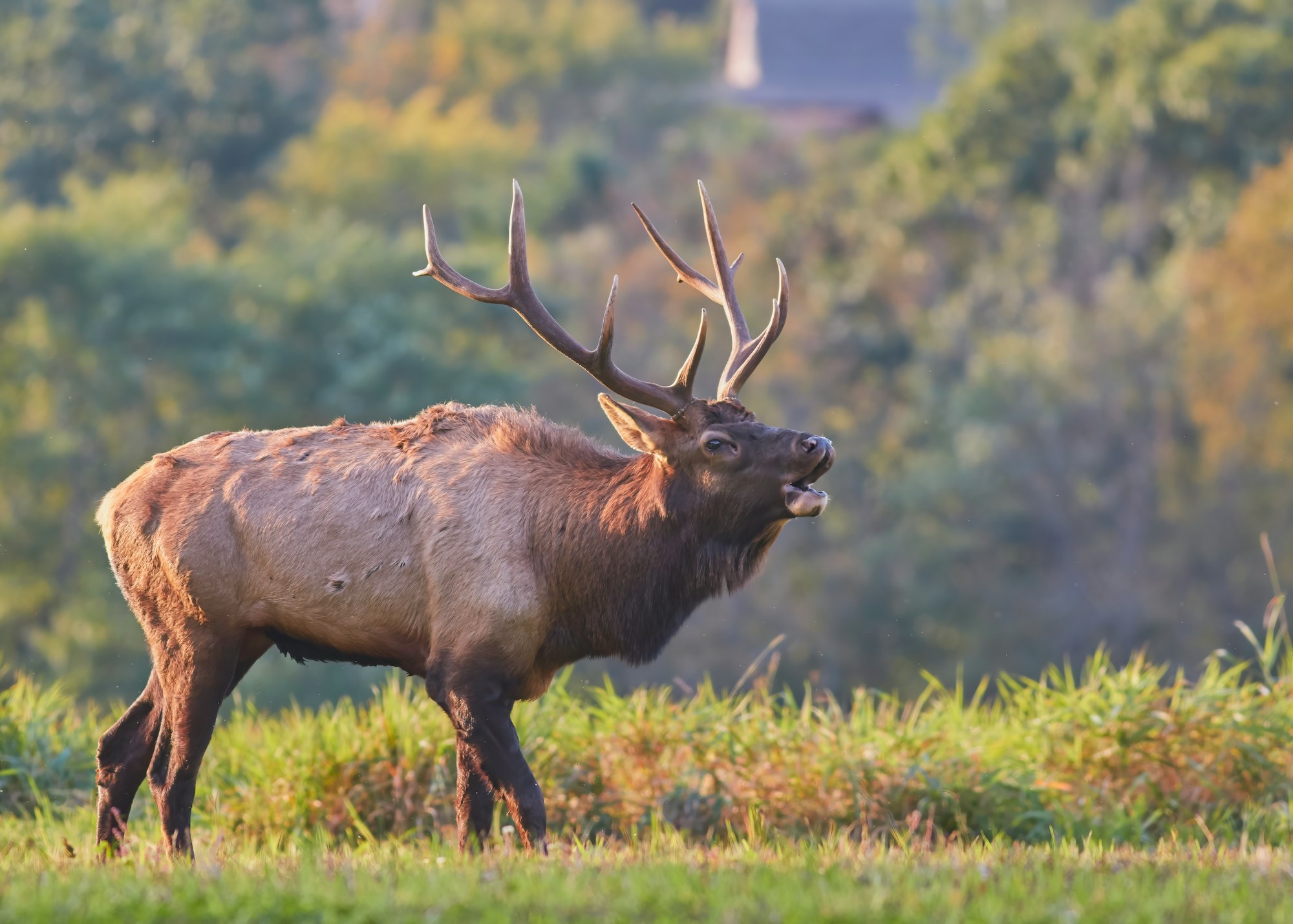Tuning in to nature
On acoustic ecology and why it’s time to listen to the world outside | By Layla Myers

If we listen carefully, we can recognise the vital role played by sound in thriving ecosystems. Despite this, sound's potential use for conservation is largely untapped. We can close our eyes, but not our ears. That’s why consciously tuning in to nature—both digitally and in real life—can be a powerful act of care.
What can sound teach us about climate change?
Sound waves reverberate all around us and through our bodies. Every living being is constantly immersed in sonic vibrations. But our ears are tired from the relentless sonic bombardment of the contemporary world. We can't always make out what individual sounds amidst the cacophony. This is why some turn to new frameworks to make sense of our sonic environment.
Founded in the 1960s, acoustic ecology is the science and art of recording and analysing soundscapes to better understand our ecosystems. Soundscapes reveal loud and clear what otherwise might go unnoticed, for instance: the loss of biodiversity. As legendary bioacoustician Bernie Krause insists, when it comes to assessing the health of an ecosystem, “a picture is worth a thousand words, but a natural soundscape is worth a thousand pictures" (Voices of the Wild).
Krause also developed a language for environmental sound, splitting this into three categories.
First, there was geophony—tectonic plates juddering, waves crashing, wind whistling, thunder grumbling.
Then, biophony emerged: the sounds of living beings in the wild—an abundance of voices so rich and complex that words fail. This astonishing sonic diversity is no accident. All of Earth’s creatures evolved to occupy a unique ‘acoustic niche’, so that, even in the most crowded tropical rainforest, everyone could be identified and communicate clearly.
Then, came anthropophony. Since the industrial revolution, man-made noise has surged to the point of being inescapable. Sounds we’ve come to barely notice— planes roaring, air conditioning humming, boats blaring, sirens wailing—constantly surround us. Unsurprisingly, invasive mechanical noise throws nature’s delicate balance into disarray. From insects to birds to whales, all species use sound in one way or another—for navigation, finding food and mates, even for the sheer joy of it. Excessive anthropophony threatens other species’ survival; drowning out and emptying biophonic soundscapes.

How can audio technology help restore balance?
Research is increasingly showing that biophonic sound can be harnessed as a conservation strategy.
Take for example the Regent Honeyeater—the rare Australian songbird that is now so endangered that its young are unable to sing their own song. This is because, just as humans acquire language through exposure and repetition, birds learn to communicate by copying. Without many others to copy from, males then can’t find a partner without knowing how to sing a mating song.
This is undeniably, utterly heartbreaking. But innovative approaches to sound provide a glimmer of hope. Scientists are using audio recordings to help young regent honeyeaters relearn their song, thereby improving their chance of survival.
This isn't the only case of counteracting anthropogenic harm with sound. In 2019, scientists used ‘acoustic enrichment’ to kickstart coral reef recovery. The researchers positioned loudspeakers in dead areas of the Great Barrier Reef, playing soundscapes of healthy coral habitats.
Healthy reefs are lively, noisy places—teeming with fish and shrimp that crackle, grunt and bustle. But as corals die from bleaching and ocean acidification, all these inhabitants flee. Degraded reefs are hauntingly quiet, desolate places. But the healthy soundscapes were so inviting, that within 6 weeks of the study, not only did the fish population double, but species diversity increased by 50% too. As Dr Meekan (Australian Institute for Marine Science) explains, coral “recovery is underpinned by fish that clean the reef and create space for corals to regrow”.
This ingeniously simple, yet effective technique gives great hope for how sound can aid in conservation efforts.
From insects to birds to whales, all species use sound in one way or another—for navigation, finding food and mates, even for the sheer joy of it.
Can sound help us heal our own relationship with nature?
Sound can be an avenue for environmental education and empathy if we simply choose to stop and listen. Unlike words on a page, sounds shake us on a molecular level, physically gripping our chests and igniting an immediate sense of wonder.
Sadly, not everyone has equal access to the rich sounds of nature, especially during lockdown. Instead, we can use sound archives as portals into non-human worlds; spaces to listen and learn. In fact, listening to nature online has advantages—granting access to sounds found all over the world, while also providing educational information.
A great place to start is the BBC’s newly launched Soundscapes For Wellbeing, including an archive of over 17,000 nature sounds, as well as an editing tool to mix your own relaxing soundscapes. The British Library also has an impressive collection (90,000 recordings) to explore—the haddock’s mating call being my personal highlight! There’s also the RSPB, which enabled me to identify (I’m ashamed to admit, for the first time in my life) different bird songs in my local area.
Finally, taking part in projects like The Dawn Chorus (which invites you to go out before dawn and record birdsong with your phone) is a fantastic opportunity to tune in to your local soundscape, try your hand at acoustic ecology AND directly contribute to ecological research.
Whether you set off into the woods or plug in your earphones, which voices of the wild will resonate the most with you?
Article written by Layla Myers (@Layla_Myers)
Photo by Maarten Reinders on Unsplash
Please consider supporting our journalism: https://www.paypal.com/donate?hosted_button_id=FFQ2VNZ6Z6BYG

